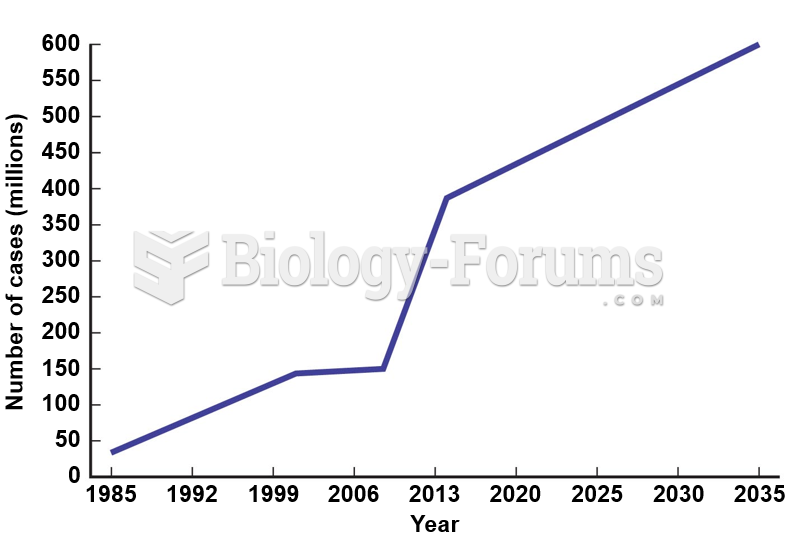Answer to Question 1
Assessing the prevalence of food insecurity in prosperous countries can be particularly challenging because it is not usually associated with detectable signs of malnutrition. For this reason, clinical measurements of nutritional status (such as weight and height) are not always useful indicators of food insecurity. Instead, the prevalence of food insecurity in U.S. households is typically assessed using data regarding food availability and access. For example, the U.S. Department of Agriculture issues a yearly survey that asks individuals questions about their behaviors related to food access and availability. Depending on the responses to this survey, a person or household is classified as having either low food security or very low food security. Households classified as having low food security experience reduced food quality, variety, and/or desirability, although there is little indication of reduced food intake. This is not the case with households classified as having very low food security. These households are more likely to report disrupted eating patterns and reduced food intake.
Answer to Question 2
A person's risk of experiencing food insecurity in the United States is associated with income, ethnicity, family structure, and location of the home. Because many of these risk factors are interrelated, it can be difficult to determine the extent to which each one independently contributes to food insecurity. Although many factors may play a role, a link between income-specifically poverty-and food insecurity is indisputable. In fact, poverty is often the common thread that ties the other factors together.It is important to recognize that poverty is not just a problem among individuals without a source of income-many people who live in poverty maintain steady employment. Based on data provided by the U.S. Census Bureau, the poverty rate for children was 21 percent in 2014. Fourteen percent of people 18 to 64 years old live in poverty, and the poverty rate for people 65 years and older is 10 percent.When money is limited, people are often forced to reduce food-related expenses to pay for such things as housing, utilities, and health care. Although one in three households living in poverty is food insecure, some households with incomes above the poverty line also experience food insecurity. An unexpected expense such as a medical problem or a repair bill can cause some people, at least temporarily, to not have the financial means to purchase sufficient amounts of food.







